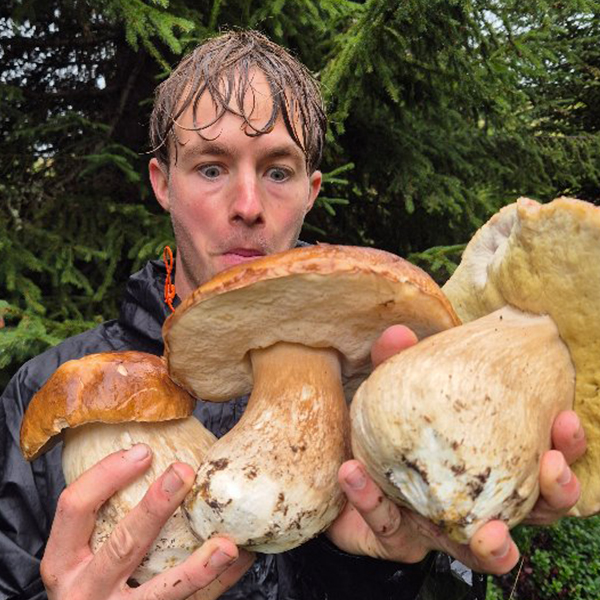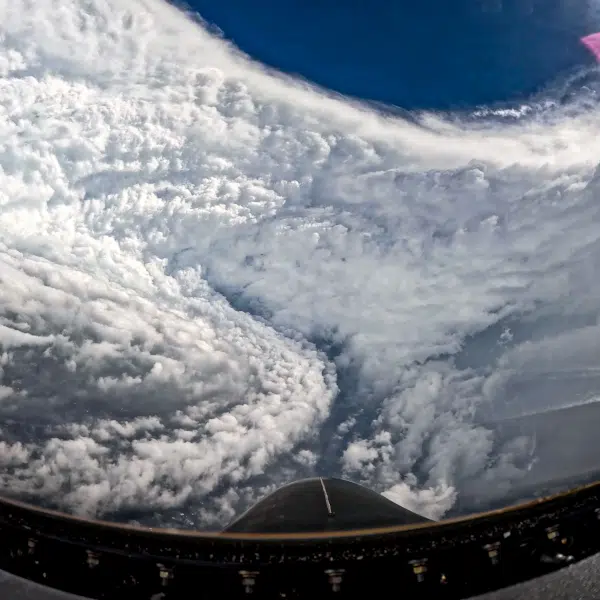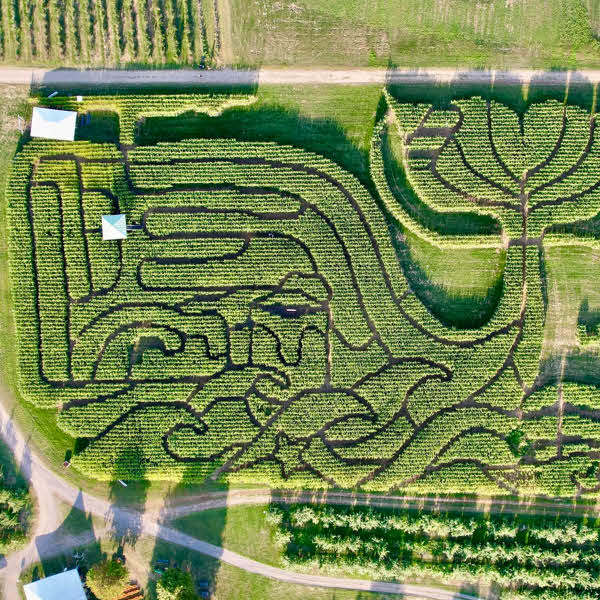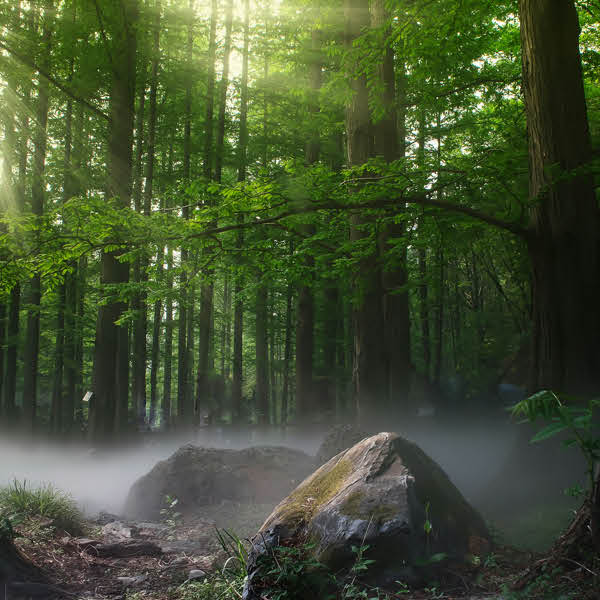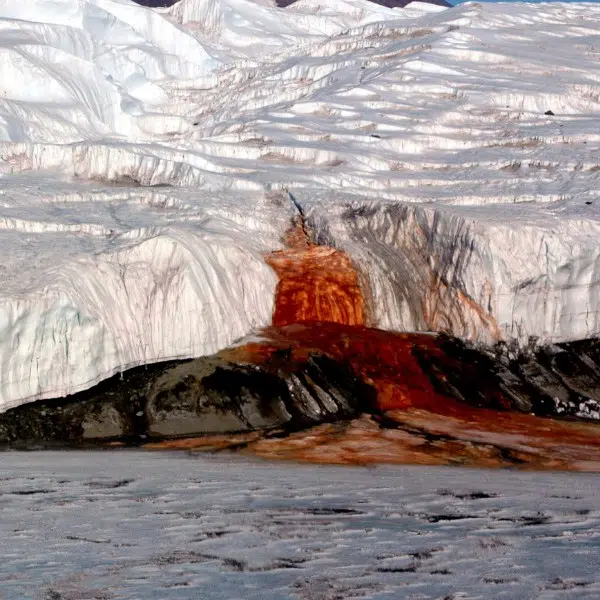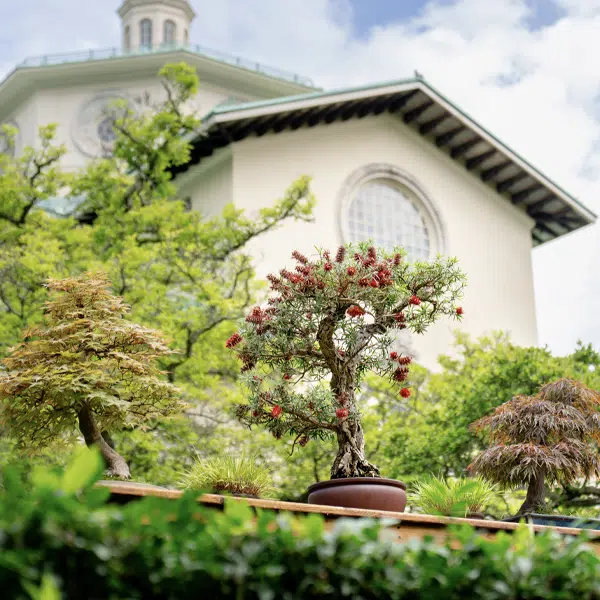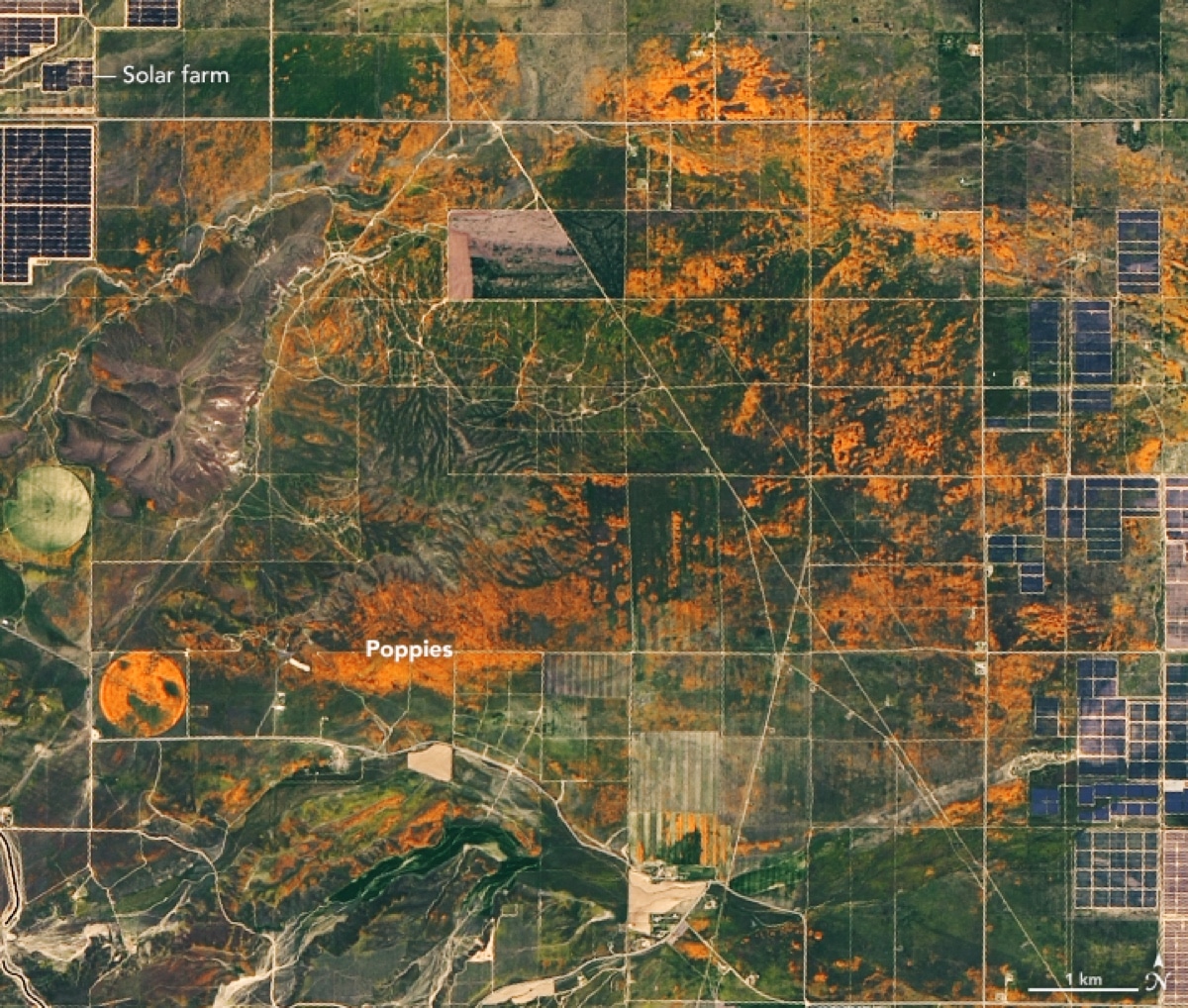
Photo: NASA Earth Observatory/Lauren Dauphin, using Landsat data from the U.S. Geological Survey
Each spring, California's Antelope Valley explodes with color as vast quantities of flowers bloom. While there are several types of wildflowers in the mix, it's the state flower—the California poppy—that is the star of the show. Typically visitors flock to the Antelope Valley California Poppy Reserve to take in the breathtaking scene, but this year is proving a bit different.
With the reserve temporarily closed due to COVID-19 measures, in-person poppy watching isn't possible. But thanks to NASA, we're able to have a whole different perspective on the event. As the poppy fields are located close to NASA's Armstrong Flight Research Center, it's only fitting that a land imager aboard the Landsat 8 satellite captured the superbloom at its peak.
Amid solar farms and green pastures, the bright orange poppies make their mark. With more rain than usual, the flowers are expected to last longer than normal, making the 2020 superbloom particularly special. In fact, park officials were surprised by the vibrance of the blooms given that rainfall lasted well into April. NASA also noted that these blooms will change appearance, as poppies open their petals when it's sunny and will close up when faced with cold or windy conditions.
If you are interested in a first-hand view of the poppies, you can tune in to the Antelope Valley California Poppy Reserve live cam, which streams a view of the blooms. Or you can follow along with State Park Interpreter Jean Rhyne as she shows off the park and this year's superbloom in a virtual tour.
NASA published satellite imagery of California's annual superbloom in the Antelope Valley.
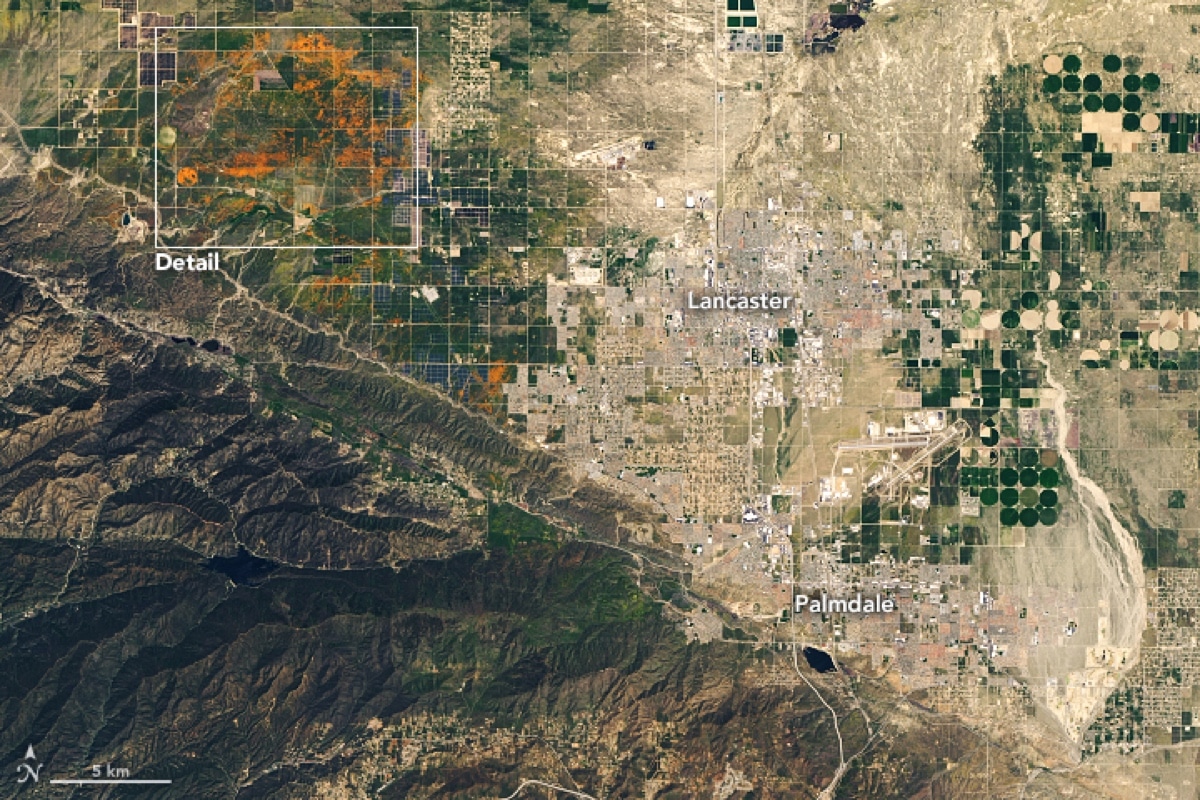
Photo: NASA Earth Observatory/Lauren Dauphin, using Landsat data from the U.S. Geological Survey
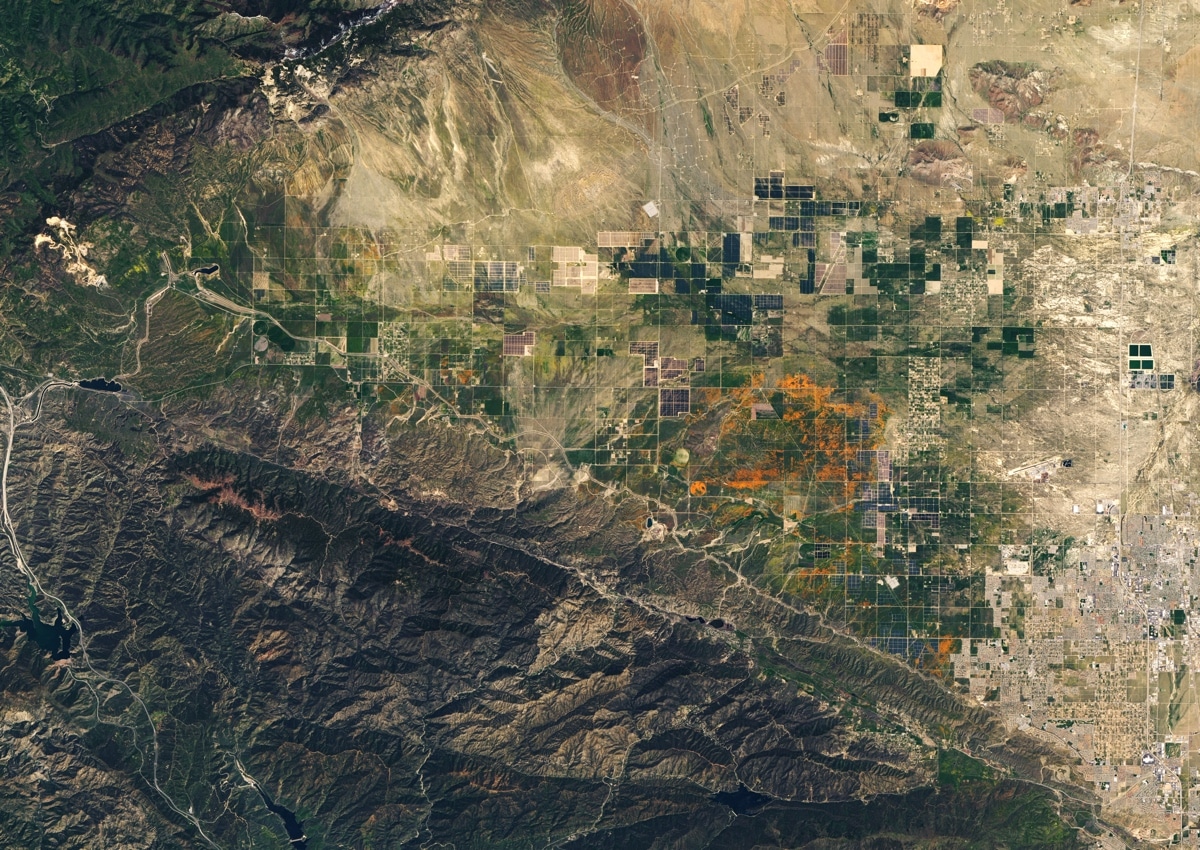
Photo: NASA Earth Observatory/Lauren Dauphin, using Landsat data from the U.S. Geological Survey
The vibrant orange California poppies carpet over 1,700 acres in this reserve near the Mojave Desert.
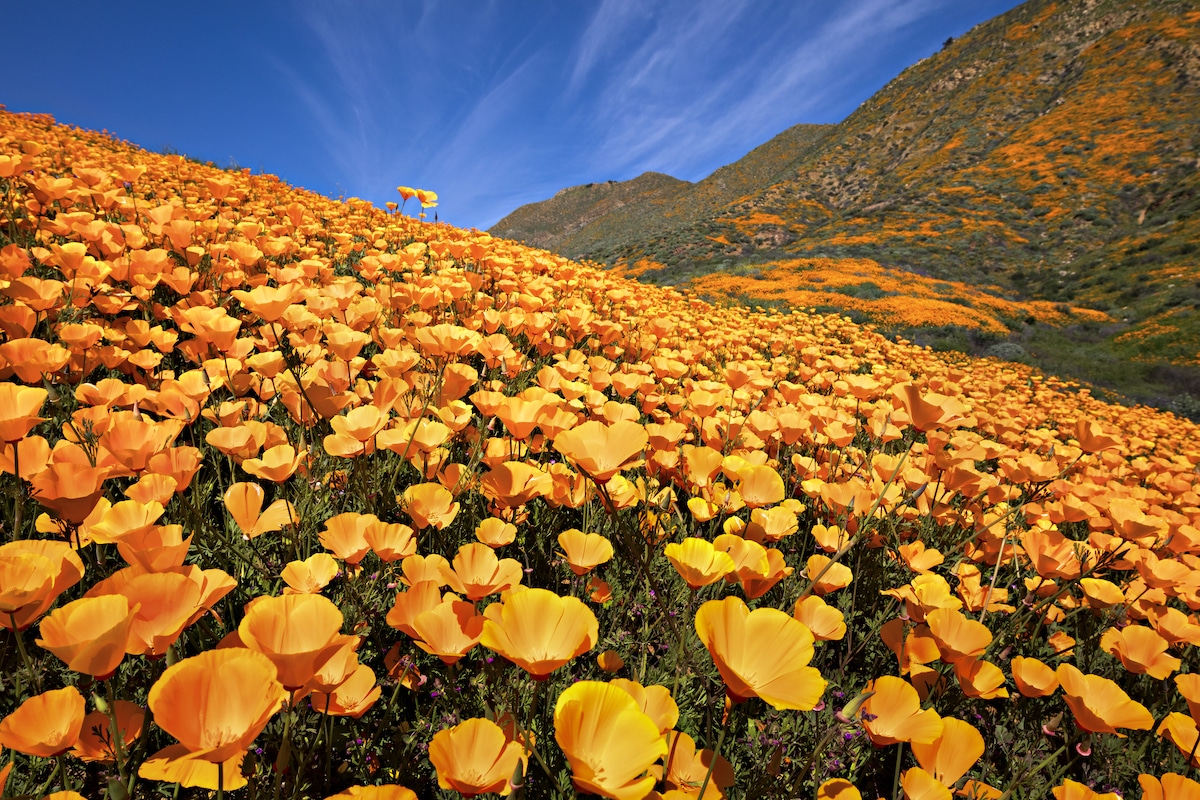
Photo: Stock Photos from Anton Foltin/Shutterstock
There are many types of wildflowers that bloom in this period, but the color of the California poppies make them easy to spot—even from space.
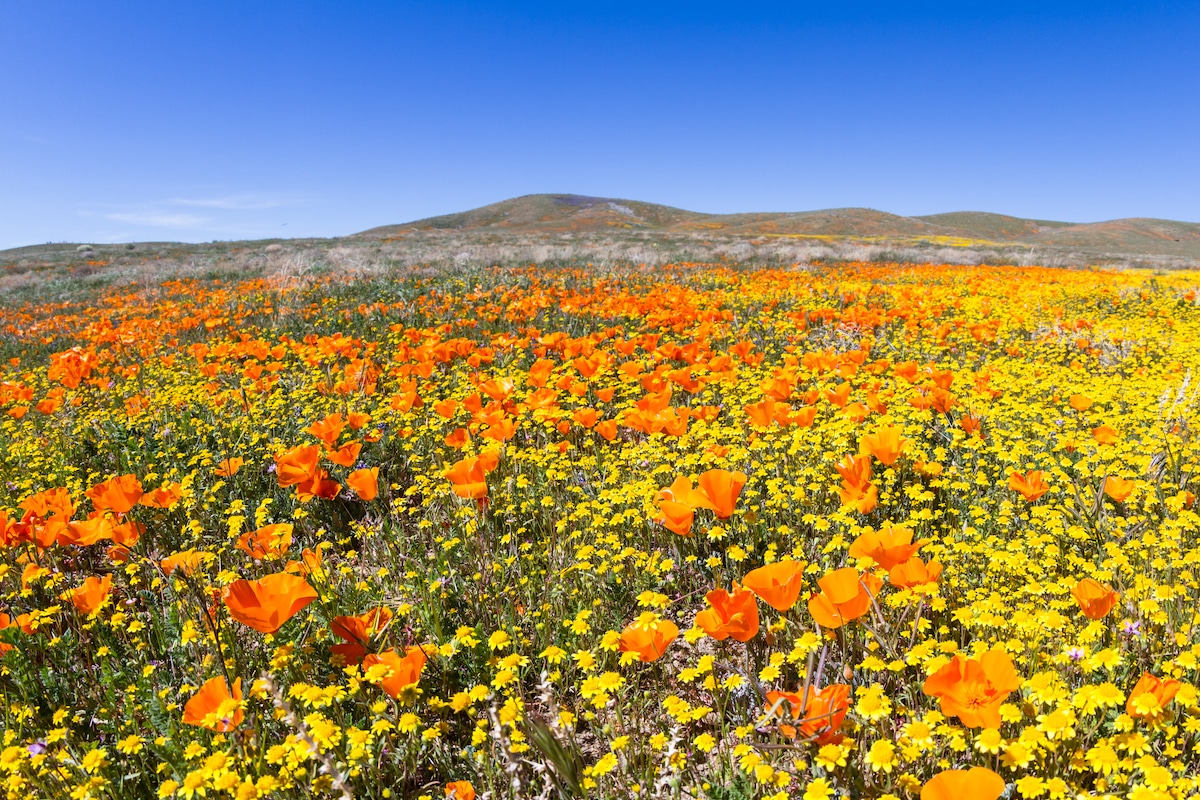
Photo: Stock Photos from Wollertz/Shutterstock
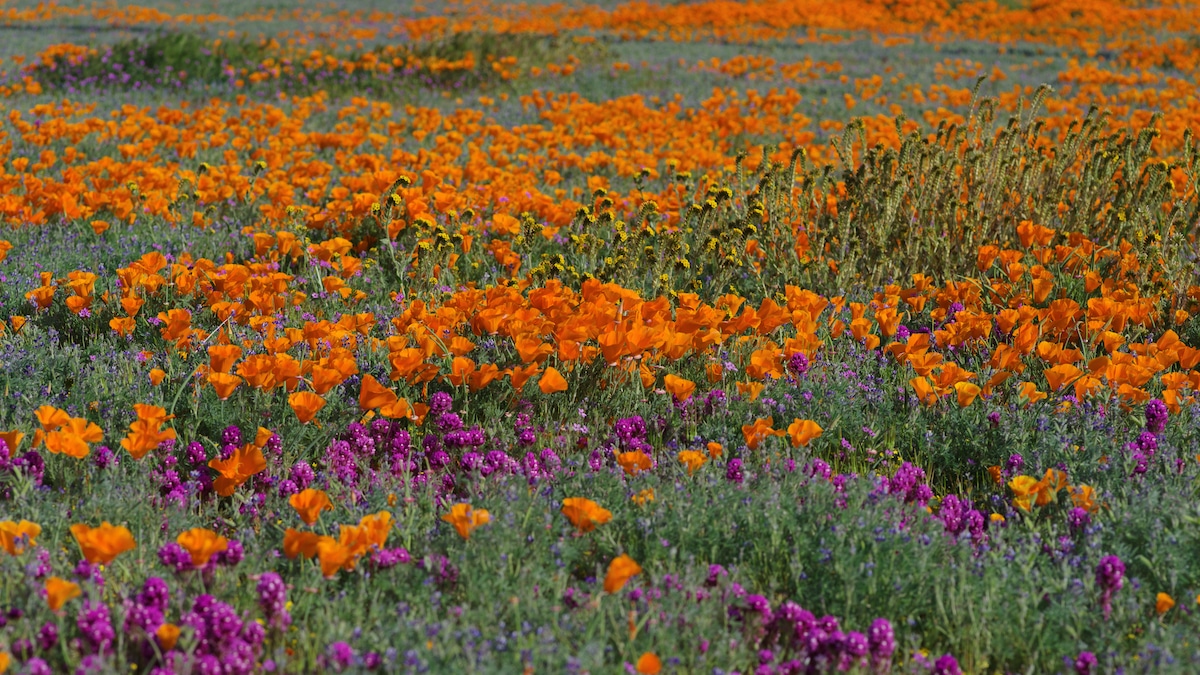
Photo: Stock Photos from Angel DiBilio/Shutterstock











































































